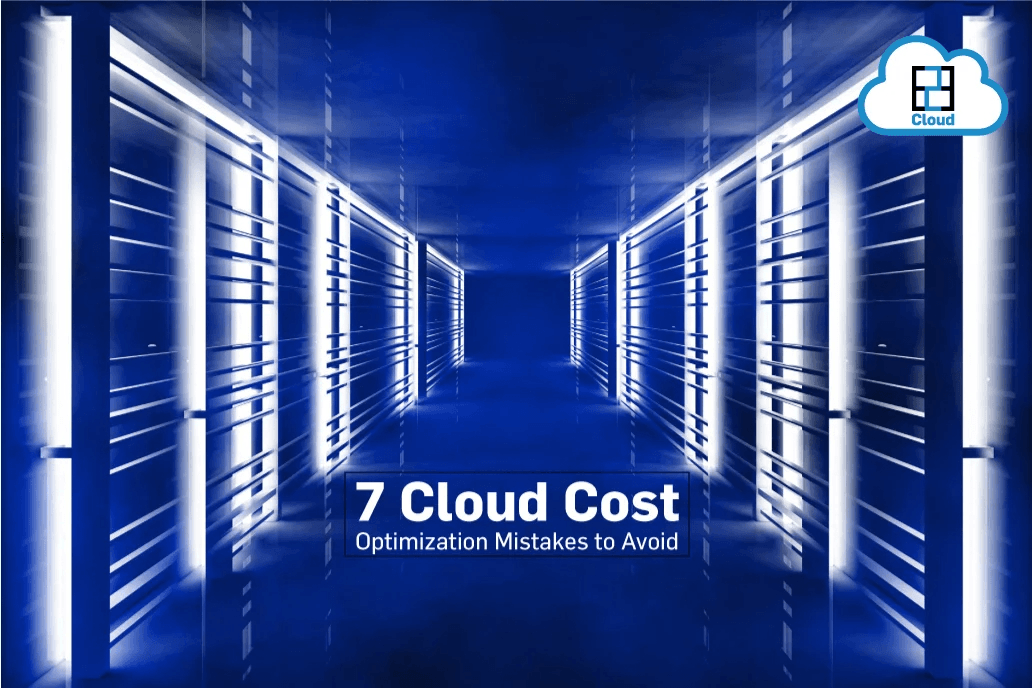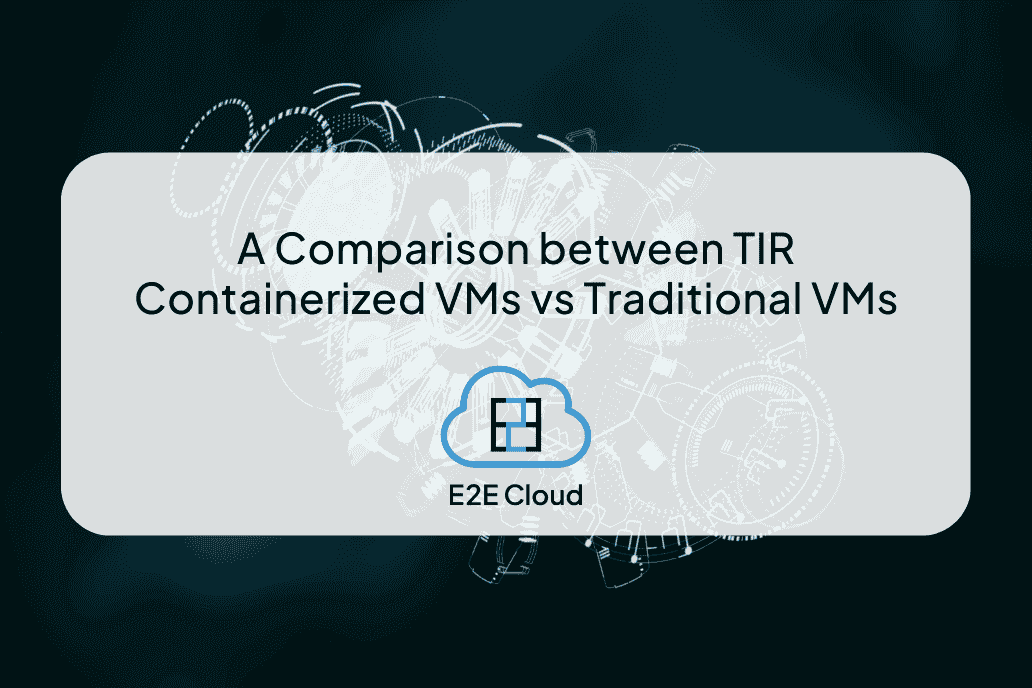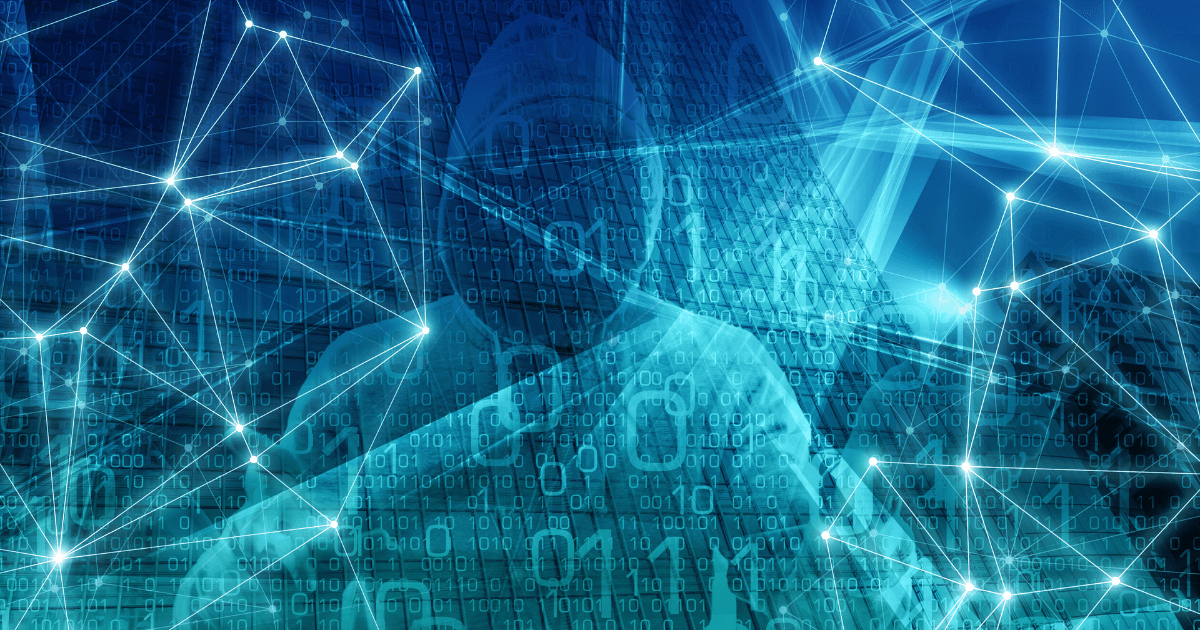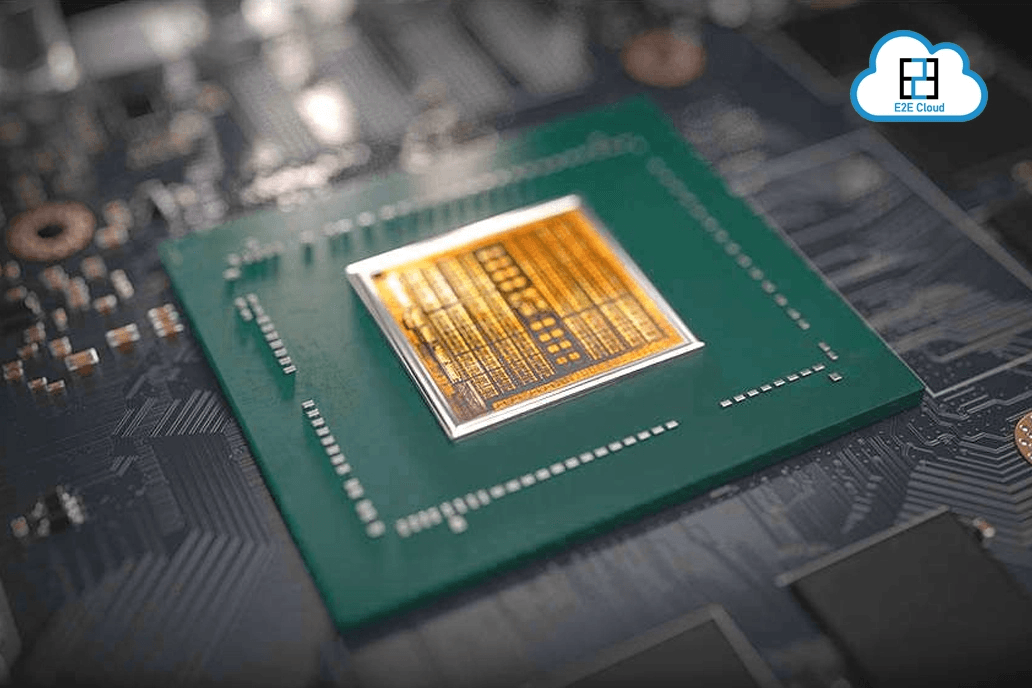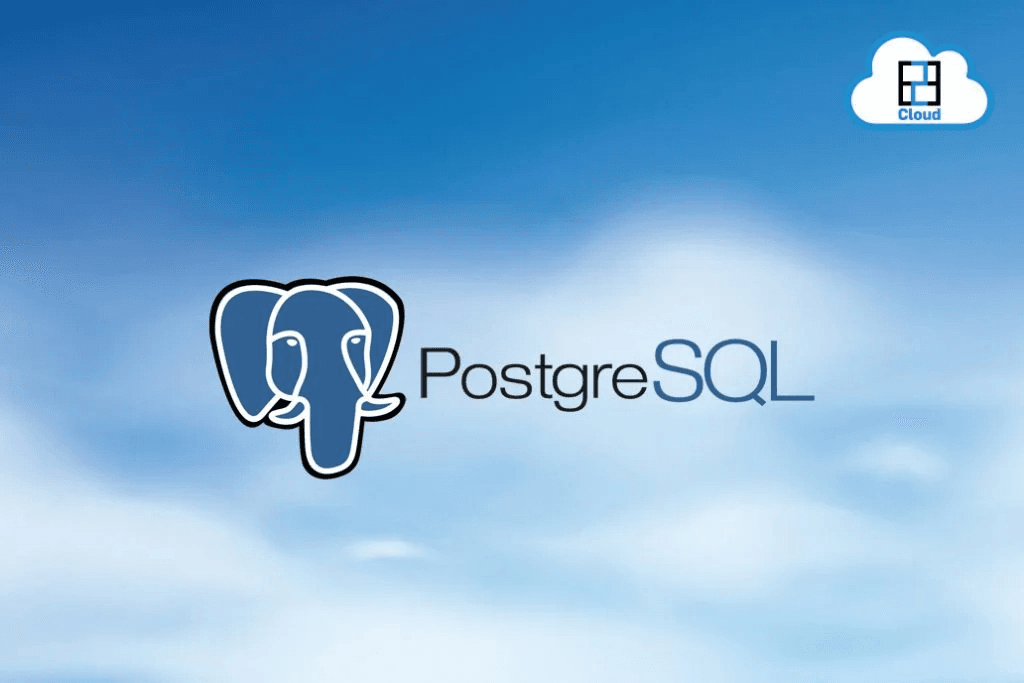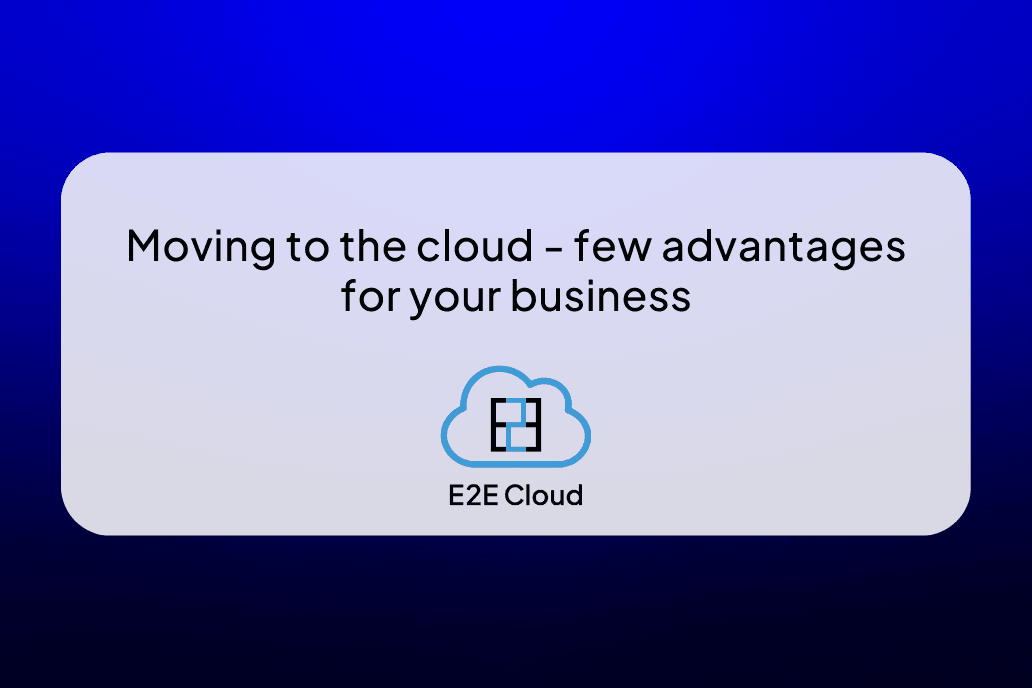Ransomware
The word Ransomware is a combination of Ransom and Software. It's a kind of malware that demands a Ransom from the users.
It is a computer virus that infects the computer and encrypts all of the data on that computer and forces users to pay some of the money in order to get that DATA. In other words, it holds your data for a ransom.
HOW DOES RANSOMWARE SPREAD?
Most Ransomware isdelivered via mail that normally looks, enticing you to click a linkor download an attachment that delivers the malicious software.Ransomware is additionally delivered via drive-by-download attacks oncompromised or malicious websites. Some ransomware attacks have evenbeen sent using social media.
Generic Ransomwareis never individually targeted, but rather a "shotgun"approach where attackers acquire lists of emails or compromisedwebsites and blast out Ransomware. Given the number of attackers outthere, it'll be likely that if you get hit multiple times, it'll beby a special attacker.
Whether or not theransom is paid, confine mind that attackers will always tryextracting useful data from a compromised machine-like usernames &passwords.
Howto reduce the risk of Ransomware Attacks?
1. Back up your data:- The greatest thing that will defeat Ransomware thoroughly is having Frequent scheduled backups. On the off chance that you are attacked with Ransomware, you may lose that record you began before at the beginning of today; however you can restore to the prior scheduled backup.
2. Enable hidden file-extensions:- Generally, windows default behavior does not allow to show the hidden file extensions. By Re-enabling that, we can figure out the suspicious files easily as many Cryptolocker comes up with " PDF.EXE " extensions.
3. EXE'S extension in email:- Generally, mail scanner's will be having the ability to scan the .EXE files. You can configure in such a way where you can deny the emails coming with .EXE extensions or containing double extensions. By this, we can prevent the attackers via mail
4. RDP Port:- The most attacker's uses the RDP port of the targeted machine if you are not using the RDP port it is better to disable the RDP Port to protect your node from RDP Exploits
5. Disconnect from the network:- If you found that you had downloaded the suspicious file and still not seen a characteristic ransomware screen by disconnecting from the network can reduce the damage.
6. Update your software: Generally, attackers will rely on those who run on the old version software with known vulnerabilities where they attack easily with the malware. Software update to latest versions are highly recommended
7. Firewall and Antivirus:- It's always highly recommended to have an antivirus where it can scan the malicious files and dedicated firewall for windows servers to protect from the malware as the traffic is coming via a firewall is more reliable and clean.
Try our Windows Plesk servers here
